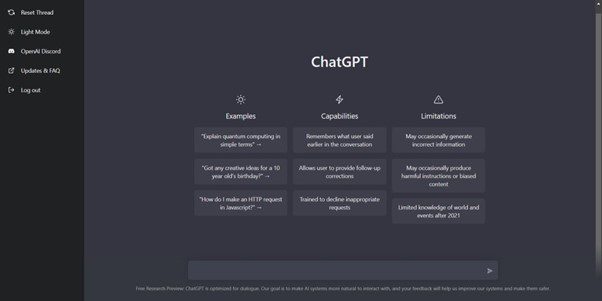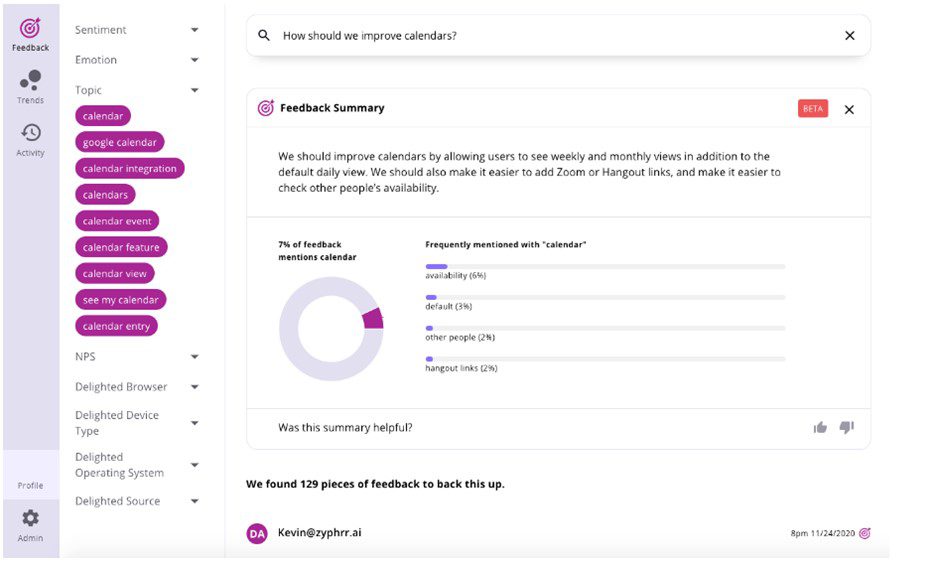ChatGPT and GPT-3 are two popular models that have received much attention in artificial intelligence and natural language processing. These two language models, both created by OpenAI, astound with their ability to write natural-sounding prose and have natural conversations. However, one must be familiar with their subtleties and variances to make educated choices using these models, such as ChatGPT and GPT-3.
In this article, we’ll compare the ChatGPT Vs. GPT-3 differences, dissecting their design, training, and performance differences. Further, we will examine the history of ChatGPT, its connection to GPT-3, and the most often-asked concerns and misunderstandings about these models. This article will give you a better grasp of the advantages and disadvantages of ChatGPT and GPT-3, allowing you to make educated decisions when deciding which language model to use in your projects. Insights gained from this post will be useful whether you’re interested in developing chatbots, virtual assistants, or other AI-based apps such as AI art programs and AI writing software.
What Is ChatGPT?
ChatGPT is a language model created by OpenAI. It is based on the game-changing GPT (Generative Pre-trained Transformer) architecture for natural language processing. It was made to have text-based talks and respond like a person. Similarly to how deep learning and transformer-based models work, ChatGPT can comprehend and create coherent and context-appropriate content.
ChatGPT stands apart from other training programs because of its unique two-stage approach. A “pre-training” phase is carried out first, during which the model is exposed to a massive quantity of freely accessible text material from the internet. The model may acquire language structure, vocabulary, and syntax knowledge through this procedure. The model, however, is not provided with any particular conversational data during the pre-training phase.

ChatGPT Interface
ChatGPT has been a boon to studying natural language processing since it allows for creating dynamic, interactive interfaces that can comprehend and create text. ChatGPT aims to provide programmers and regular people with an easy-to-use platform to build conversational AI applications like chatbots, virtual assistants, and interactive text-based systems. The model can converse with its users by responding to their natural language questions and commands.
Also Read:
Is ChatGPT Same as GPT 3?
Generative Pre-trained Transformer 3, GPT-3, is OpenAI’s latest and greatest language model. It has attracted a lot of interest because of its impressive language-generating skills, namely its capacity to generate coherent and appropriate text for its environment. ChatGPT has the same GPT structure as GPT-3 but has several key differences.

GPT 3 Interface
ChatGPT, conversely, is a specialization of the GPT paradigm for communicating through text. ChatGPT is based on the same core ideas and training methods as GPT-3. Still, it has been fine-tuned on a dataset that emphasizes understanding the context of a discussion and responding appropriately. The system is geared toward producing natural-sounding replies and making communication easier for the user.
In conclusion, although ChatGPT and GPT-3 are members of the GPT family and are based on similar underlying architectures, they are designed for distinct purposes. While GPT-3 is a more general-purpose language model, it is recognized for its excellent text creation skills across several domains; ChatGPT is optimized for conversational engagements.
Is ChatGPT Based on GPT-3?
The GPT-3 model does serve as the foundation for ChatGPT. OpenAI’s GPT-3 is a very cutting-edge language model that has made amazing advances in processing and creating natural language. It has been trained on a large dataset that includes various sources of text, enabling it to create human-like replies in various settings. These achievements were made possible by OpenAI.
The ChatGPT protocol is a modification of the GPT-3 protocol that has been tailored especially for use in conversational settings. The fundamental architecture and training methods are both drawn from GPT-3. ChatGPT has undergone further training to improve its understanding of conversational contexts and ability to create replies in such contexts.
ChatGPT expands upon the groundwork laid by GPT-3 by integrating extra training and fine-tuning to specialize in conversational exchanges. This is accomplished by building upon the framework established by GPT-3. ChatGPT can flourish as a tool that generates dynamic and entertaining replies during text-based chats due to this feature.
What Is the Difference Between GPT 3 and ChatGPT?
After analyzing GPT-3 and ChatGPT’s properties, let’s compare them. Understanding these differences will illuminate their distinctive capabilities and help consumers choose the right model. Fine-tuning, data availability, transfer learning, attention processes, human-like response, and multimodality will be compared next. These requirements help us understand how GPT-3 and ChatGPT differ and make educated use choices.
| Aspects | GPT-3 | ChatGPT |
| Fine-tuning | GPT-3 has undergone extensive training on a wide range of text data, allowing it to generate diverse outputs. | ChatGPT has been specifically fine-tuned for conversational interactions, focusing on generating contextually relevant responses in dialogue scenarios. |
| Data Availability | GPT-3 has been trained on a massive dataset comprising diverse sources of text, enabling it to generate a wide range of content. | ChatGPT’s training data includes dialogue datasets, making it adept at generating responses within a conversational context. |
| Transfer Learning | GPT-3 can leverage its pre-trained knowledge through transfer learning to adapt to new tasks and domains. | ChatGPT inherits the transfer learning capabilities of GPT-3, allowing it to be fine-tuned for everyday tasks and generate relevant responses. |
| Attention Mechanisms | GPT-3 incorporates advanced attention mechanisms to capture contextual dependencies and relationships within the input text. | ChatGPT utilizes similar attention mechanisms to understand and respond appropriately to the conversational context. |
| Human-like Responsiveness | GPT-3 can generate highly coherent and contextually relevant responses, often resembling human-like language patterns. | ChatGPT aims to provide human-like responsiveness in conversations, focusing on generating engaging and interactive replies. |
| Multimodality | GPT-3 primarily focuses on text-based inputs and outputs, generating textual responses. | ChatGPT is designed to process and generate text-based conversational responses, maintaining a natural and interactive dialogue. |
Faqs About GPT 3
By the end of the article, we collect several faqs about GPT-3.
Is ChatGPT more powerful than GPT-3?
ChatGPT and GPT-3 both have their uses and advantages in certain contexts. While ChatGPT was developed primarily for conversational engagements, GPT-3 provides users access to various language production capabilities.
Is GPT-4 smarter than GPT-3?
The GPT-4 model exists only in theory and has not been released. It is impossible to make a conclusive comparison between its intelligence and capabilities and those of GPT-3 until official information is released.
Is Chat GPT-4 worth it?
There is currently no such thing as ChatGPT-4. It is essential to evaluate the particular features, capabilities, and use cases of any future models that will be release by OpenAI to determine their value and whether they are suitable for individual requirements.
Final Thought
GPT-3 and ChatGPT are both robust language models with specializations and strengths. Both models are substantial leaps forward in natural language processing and provide useful resources for various AI uses. In both task-specific scenarios and advanced multimodal tasks, GPT-3 shines thanks to its fine-tuning support and superior attention mechanisms. When it comes to conversational AI, however, ChatGPT stands out because of its user-friendly and widely accessible paradigm. Data availability, transfer learning needs, attention mechanisms, human-like responsiveness, and the requirement for multimodality are all important considerations when deciding between the two models. You should consider these factors seriously and evaluate your requirements to determine which model is best for your application.



